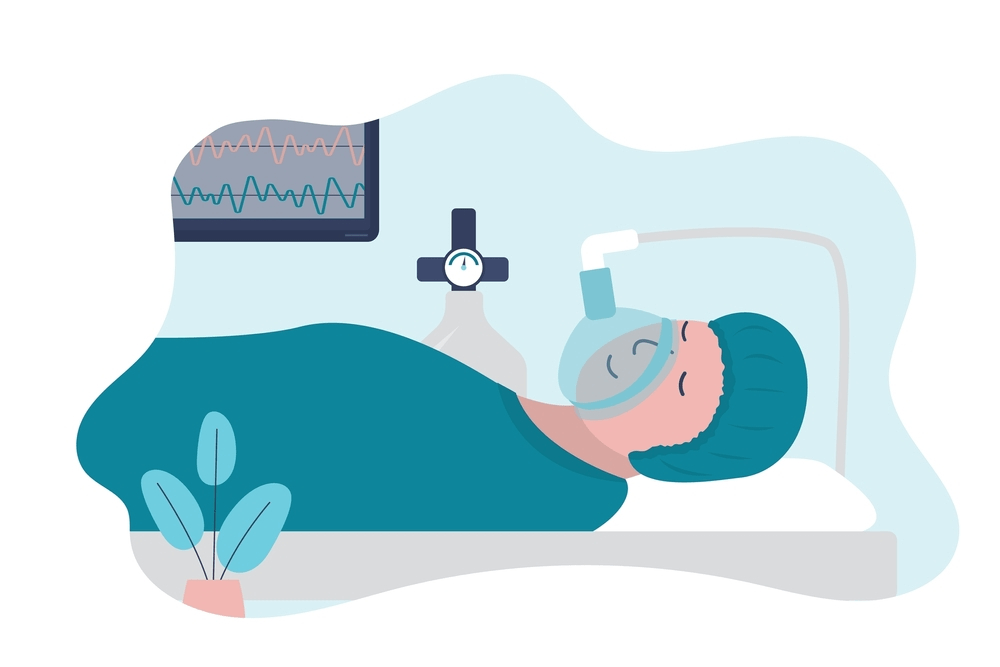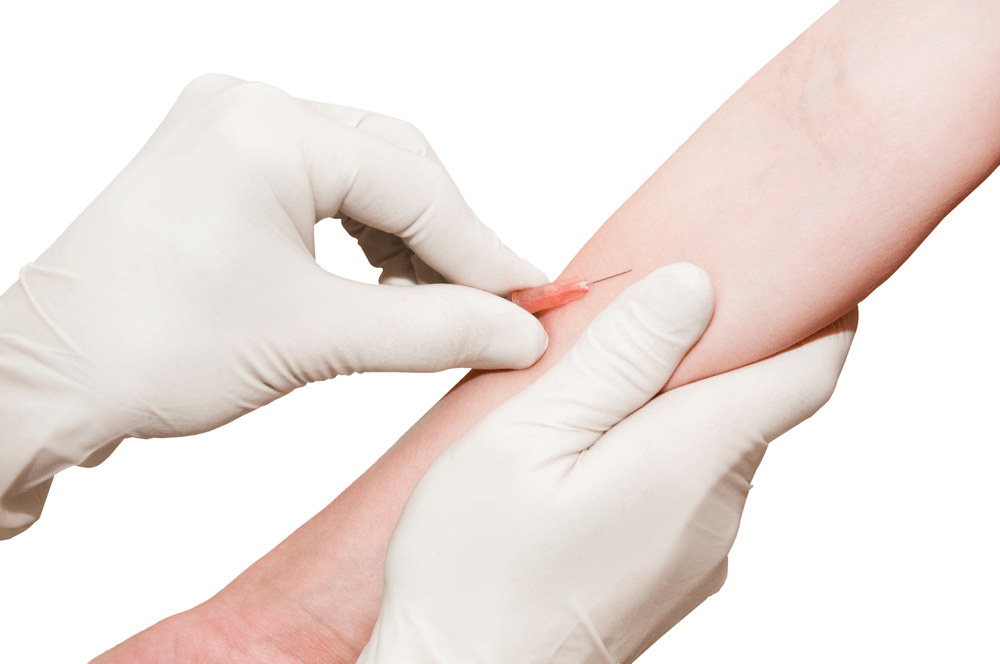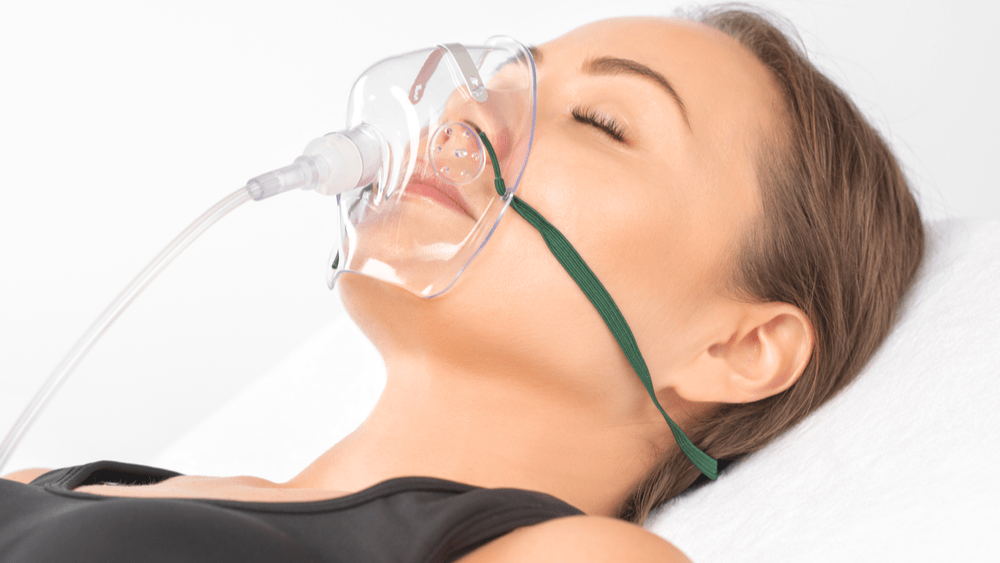General anaesthetics are agents which produce a reversible loss of consciousness, so as to enable surgical operations to be carried out. Classification of general anesthetics explain their names
are given below
Classification of general anaesthetics:
They are classified as inhalation anaesthetics and intravenous anaesthetics. Their names
are given below:
| 1. | Inhalation Anaesthetics | |
| a. Volatile liquids | Ether Halothane Isoflurane Desflurane Sevoflurane | |
| b. Gases | Nitrous oxide | |
| 2. | Intravenous/Non-volatile Anaesthetics | Thiopentone Propofol Etomidate Benzodiazepines Ketamine |
Stages of anaesthesia: While administering a general anaesthetic, it is necessary to control the depth of anaesthesia which is related to the dose. The progress of anaesthesia may be divided into the following four stages making use of various signs and symptoms.
- Stage of analgesia
- Stage of delirium or excitement
- Stage of surgical anaesthesia
- Stage of respiratory paralysis
Volatile Liquids or Inhalation Anaesthetics

A. ETHER (DIETHYL ETHER): It is a colourless and volatile liquid with a pungent odour. It is highly inflammable and explosive. It is quickly absorbed and eliminated through the lungs.
Advantages Volatile liquids
- It is a safe anesthetic.
- It produces satisfactory muscle relaxation.
- It does not produce liver or kidney damage.
- It does not affect uterine contractility.
- It can be administered without complicated apparatus.
Disadvantages Volatile liquids
- Induction is slow and unpleasant.
- It irritates mucous membranes and produces cough.
- It increases secretions in the respiratory tract.
- Produces nausea and vomiting during recovery.
- Recovery is slow.
B. HALOTHANE: It is a fluorinated volatile anaesthetic. it is a heavy, colourless liquid with a characteristic sweet, fruity odour. It attacks metals like steel and brass and also rubber elements of anaesthetic equipment.
Malignant hyperthermia is an important toxicity of halothane. It is due to the release of calcium from the sarcoplasmic reticulum. It is treated by the administration of dantrolene (a directly acting muscle relaxant).
Advantages of Halothane
- It is non – inflammable. It does not irritate respiratory passages.
- Induction and recovery are quick, slit
- It does not produce bronchospasm and coughing. But it produces bronchodilatation. So it is preferred in asthmatic patients.
- It induces controlled hypotension. So it produces a bloodless field for safe plastic surgery.
Disadvantages of Halothane
- Muscle relaxation is not adequate.
- Respiratory depression at 2% concentration.
- Cardiovascular depression and hypotension.
- Arrhythmias due to sensitization of myocardium to adrenaline.
- Delayed recovery of mental function.
- Increase in intracranial pressure due to cerebral vasodilatation.
- Hepatic damage due to allergy or idiosyncrasy
C. ENFLURANE :
- It is a non-irritating, non-inflammable liquid with a mild odor.
- It undergoes less metabolism than halothane, so toxicity is less.
- Faster induction and recovery than halothane.
- Risk of epilepsy like seizures during induction or recovery.
- Contraindications: patients with epilepsy or brain lesions.
D. ISOFLURANE :
- It is an isomer of enflurane. But it is more potent and more volatile.
- It is more stable and non-inflammable.
- It does not sensitize the myocardium to adrenaline.
- Muscle relaxation is good.
- Hepatotoxicity is rare.
- Caution is needed in patients with coronary artery disease(CAD) since it produces a coronary steal phenomenon. It is accompanied by hypotension and an increase in heart rate.
E. DESFLURANE:
- It is highly volatile and less soluble in blood and tissues. in So induction and recovery are quick.
- Its pungent odour may cause irritation leading to coughing and laryngospasm.
- It does not produce arrhythmia or seizures.
- No liver or kidney toxicity.
- Suitable as an anaesthetic for outpatient surgery and the patient can be discharged within a few hours.
F. SEVOFLURANE
- It is a newer polyfluorinated anaesthetic.
- Less potent and less soluble than isoflurane.
- It is not pungent, so anesthesia is pleasant.
- Recovery is smooth, and orientation and motor functions recover quickly.
- It does not produce seizures or arrhythmia.
- No toxicity to the kidney or liver.
Gaseous Anaesthetics
NITROUS OXIDE: It is also called laughing gas. It is an inorganic gas which is colourless and sweet in taste. it is heavier than air. It is non – inflammable but supports combustion.
It is insoluble in blood and it does not combine with haemoglobin. It is carried in blood in the form of a physical solution.
It does, not decompose in the body. So the oxygen of nitrous oxide is not available for tissue respiration. It is excreted unchanged through the lungs. A small quantity may be eliminated through the skin.
Advantages Of Nitrous Oxide Gas
- Induction and recovery are quick.
- No irritation to mucous membranes.
- It is non-toxic to the liver and kidneys.
Disadvantages of Nitrous Oxide Gas
- It is not a potent anaesthetic.
- Muscle relaxation is not adequate.
- Special apparatus is required for its use.
- It produces euphoria and excitation during induction.
Intravenous/Non-volatile Anaesthetics
These are quick-acting drugs. Anaesthesia is produced within 20 seconds of intravenous administration. They are mostly used as inducing agents. Once anaesthesia is induced, it is maintained by an inhalational agent. The intravenous anaesthetics are thiopentone, propofol, etomidate, and midazolam. o and ketamine.

A.THIOPENTONE: It is an ultra-short-acting barbiturate. The ultra-short action is due to rapid redistribution. On intravenous injection, it produces anaesthesia within 15 to 20 seconds. It enters the brain immediately and is redistributed to muscles and fat. So consciousness returns in 10 – 15 minutes.
Advantages:
- Non – explosive
- Easy to administer
- Induction is rapid and pleasant
- No irritation of mucous membranes.
- Excitement, nausea, and vomiting are less.
- Quiet respiration
- No sensitization of myocardium to adrenaline
- Recovery is quick
- No post-anesthetic complications.
Disadvantages:
- Poor analgesic and weak muscle relaxant activity.
- Apnoea, cough, hiccup, and laryngospasm may occur during induction.
- Depression of the respiratory centre which becomes less sensitive to CO2.
- Depression of vasomotor centre and myocardium.
- Injection close to a nerve may produce palsy.
- Injection into an artery may lead to pain, necrosis and gangrene.
B. PROPOFOL
- It is an oily liquid used as a 1% emulsion.
- It is used for I.V. induction and short-duration anaesthesia.
- Induction occurs in 30 seconds and anaesthesia may last for 10 minutes. There is no hangover.
- Along with fentanyl, it is used for total I.V. anaesthesia.
- It has a specific antiemetic action.
- Postoperative nausea and vomiting are less.
- Because of its short action, it is suitable for outpatient ted surgery.
C. ETOMIDATE:
- It is an I.V. anaesthetic with a brief duration of action(5-10 min,)
- It is quickly metabolised and has a large margin of safety.
- Less respiratory and cardiovascular depression.
Disadvantages:
- involuntary movements during induction.
- adrenocortical suppression on prolonged use.
- poor analgesic effect.
D. BENZODIAZEPINES:
They have been used for i) pre-anaesthetic medication ii) induction iii) maintenance and iv) supplementation of anaesthesia. They do not depress respiration, heart or B.P. Also, they do not produce postoperative nausea or vomiting. They have a central muscle relaxant effect. But adequate muscle relaxation is produced by a neuromuscular blocking drug. Diazepam and midazolam are the benzodiazepines frequently used for anaesthesia.
a) DIAZEPAM:
It is used at a dose of 0.2-0.5 mg./kg. It is administered by slow undiluted injection in an I.V. drip. This technique avoids a burning sensation in the vein and also thrombophlebitis. Diazepam is used for:
i) induction and maintenance of anaesthesia
ii) endoscopy, cardiac catheterisation and angiographies.
b) MIDAZOLAM:
It is 3 times more potent, also faster and has shorter acting than diazepam. It is water soluble. and non-irritant. So it is preferred over diazepam.
E. KETAMINE (KETALAR): It is a non – barbiturate general anaesthetic. It produces dissociative anaesthesia characterised by superficial sleep and complete analgesia. It produces only poor muscle relaxation.
Advantages:
- It is useful only for short procedures like dressing burns and bronchoscopy.
- It does not affect respiration.
Disadvantages:
- Delirium and hallucinations are produced during induction and recovery.
- Blood pressure and heart rate are increased.
- It produces laryngospasm and salivation.
- Muscle relaxation is poor.
Make sure you also check our other amazing Article on: Alpha Adrenergic Blockers
